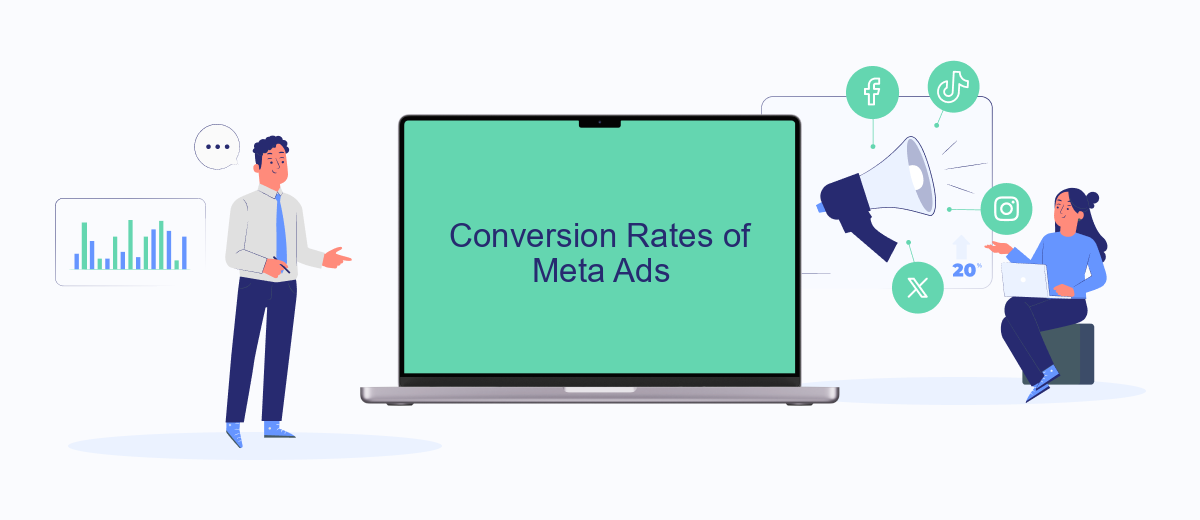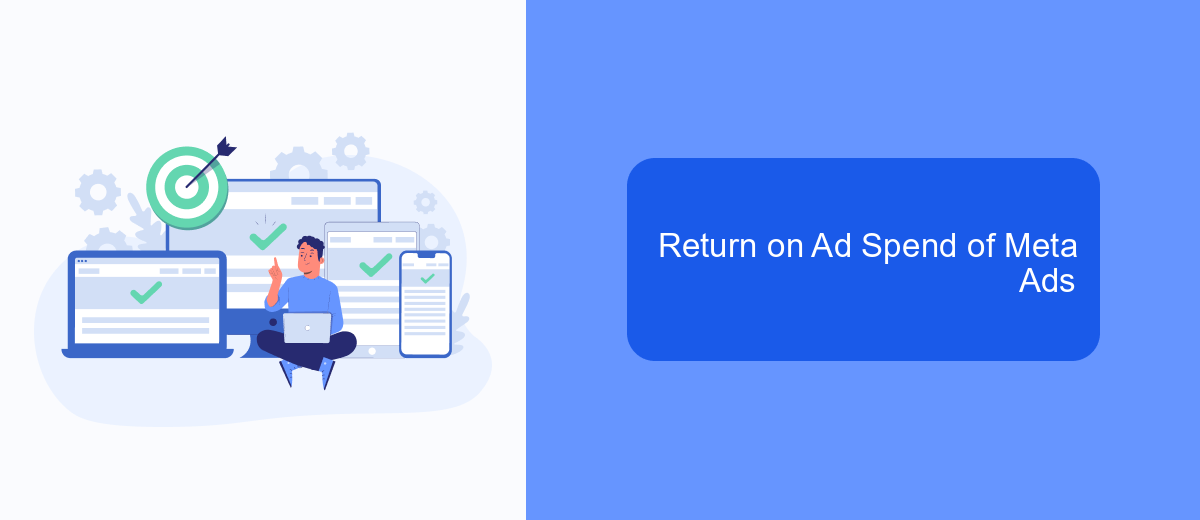Meta Ads have become a cornerstone of digital marketing, offering businesses unparalleled opportunities to reach their target audiences. With a vast array of tools and platforms, Meta Ads enable precise targeting and effective engagement strategies. This article delves into the latest statistics surrounding Meta Ads, providing insights into their performance, reach, and impact on the advertising landscape. Discover how these metrics can guide your marketing strategies.
Average Click-Through Rates of Meta Ads
The average click-through rate (CTR) for Meta ads is a crucial metric for marketers aiming to gauge the effectiveness of their advertising campaigns. CTR is an indicator of how well your ad is performing in capturing the audience's attention and prompting them to take action. Understanding the average CTRs across different platforms and industries can help advertisers set benchmarks and optimize their strategies for better results.
- Facebook Ads: The average CTR is approximately 0.9% across all industries, with some sectors such as retail and apparel seeing higher rates.
- Instagram Ads: Generally, Instagram boasts a slightly higher average CTR than Facebook, around 1.16%, owing to its visually engaging platform.
- Messenger Ads: These ads can achieve CTRs of around 1.1%, benefiting from the direct and personal nature of the messaging app.
- Audience Network: This platform typically sees lower CTRs, averaging around 0.5%, as ads are displayed on third-party apps and websites.
While these numbers provide a general overview, it's important for advertisers to consider their specific industry and target audience when evaluating their CTRs. A higher or lower than average CTR may be perfectly acceptable depending on the context of the ad campaign. Continuously testing and refining ad content, targeting, and placement can lead to improved CTRs and overall campaign success.
Cost Per Click of Meta Ads

The Cost Per Click (CPC) of Meta Ads is a crucial metric for advertisers aiming to optimize their advertising budget on platforms like Facebook and Instagram. CPC represents the amount an advertiser pays each time a user clicks on their ad. This cost can vary significantly based on factors such as target audience, ad placement, industry, and the overall competitiveness of the market. Understanding these variables is essential for businesses to strategize effectively and allocate their advertising budget wisely. By analyzing CPC trends, advertisers can identify opportunities to reduce costs while maintaining or increasing engagement rates.
To further enhance the efficiency of Meta Ads campaigns, businesses can leverage tools like SaveMyLeads. This service helps streamline the integration of lead generation processes by automating the transfer of leads from Meta platforms to various CRM systems and marketing tools. By using SaveMyLeads, advertisers can ensure that their advertising efforts translate into actionable insights and improved conversion rates. This integration not only saves time but also optimizes the overall cost-effectiveness of Meta Ads by ensuring that every click is efficiently converted into a potential customer interaction.
Conversion Rates of Meta Ads

Meta Ads have become an essential tool for marketers aiming to enhance their digital advertising strategies. Understanding the conversion rates of these ads is crucial for optimizing campaigns and maximizing returns on investment. Conversion rates, which indicate the percentage of users who take a desired action after clicking an ad, are influenced by various factors, including ad relevance, targeting accuracy, and creative content.
- Ad Relevance: Ensuring that the ad content aligns with user interests and search intent can significantly boost conversion rates.
- Targeting Accuracy: Utilizing Meta's advanced targeting options to reach the right audience increases the likelihood of conversions.
- Creative Content: Engaging visuals and compelling copy are vital in capturing user attention and encouraging action.
To achieve optimal conversion rates, marketers should continuously analyze and refine their Meta Ads strategies. A/B testing different ad versions and monitoring performance metrics can provide valuable insights into what resonates with the target audience. Additionally, staying updated with Meta's latest advertising features and tools can offer competitive advantages. By focusing on these aspects, businesses can effectively enhance their conversion rates and drive meaningful results from their Meta Ads campaigns.
Return on Ad Spend of Meta Ads

Return on Ad Spend (ROAS) is a crucial metric for businesses utilizing Meta Ads, as it measures the revenue generated for every dollar spent on advertising. A high ROAS indicates that the ad campaigns are effective and profitable, helping businesses maximize their advertising budget. Meta Ads, with their advanced targeting options and diverse ad formats, offer unique opportunities to optimize ROAS.
Understanding and improving ROAS involves analyzing various elements of the ad campaigns. Factors such as audience targeting, ad creatives, and bidding strategies play a significant role in determining the overall effectiveness of the ads. By closely monitoring these elements, businesses can make informed decisions to enhance their ad performance and achieve better returns.
- Target the right audience by utilizing Meta's detailed demographic and interest-based targeting options.
- Develop compelling ad creatives that resonate with the audience and encourage engagement.
- Implement effective bidding strategies to maximize ad exposure while controlling costs.
Regular analysis and optimization of these factors can lead to significant improvements in ROAS. Businesses should also consider conducting A/B testing to identify the most effective ad elements. By continuously refining their strategies, companies can ensure that their Meta Ads deliver optimal returns on their advertising investments.
SaveMyLeads Integration for Meta Ads
Integrating Meta Ads with SaveMyLeads can significantly streamline your advertising processes, allowing for seamless data transfer and enhanced automation. SaveMyLeads offers a user-friendly platform that connects Meta Ads with various CRM systems, email marketing tools, and other essential business applications. This integration eliminates the need for manual data entry, reducing errors and saving valuable time. By automatically transferring leads captured via Meta Ads to your preferred platforms, businesses can ensure rapid follow-up and improved customer engagement.
The setup process for SaveMyLeads integration is straightforward and requires no technical expertise, making it accessible for businesses of all sizes. With its intuitive interface, users can quickly map fields and customize workflows to suit their specific needs. Additionally, SaveMyLeads provides real-time data synchronization, ensuring that your marketing and sales teams have access to the most up-to-date information. By leveraging this integration, companies can optimize their advertising efforts, enhance lead management, and ultimately drive better results from their Meta Ads campaigns.
FAQ
What are Meta Ads and how do they work?
How can I measure the performance of my Meta Ads?
What is the cost structure for Meta Ads?
How can I automate my Meta Ads campaigns?
What are some best practices for creating effective Meta Ads?
Use the SaveMyLeads service to improve the speed and quality of your Facebook lead processing. You do not need to regularly check the advertising account and download the CSV file. Get leads quickly and in a convenient format. Using the SML online connector, you can set up automatic transfer of leads from Facebook to various services: CRM systems, instant messengers, task managers, email services, etc. Automate the data transfer process, save time and improve customer service.
